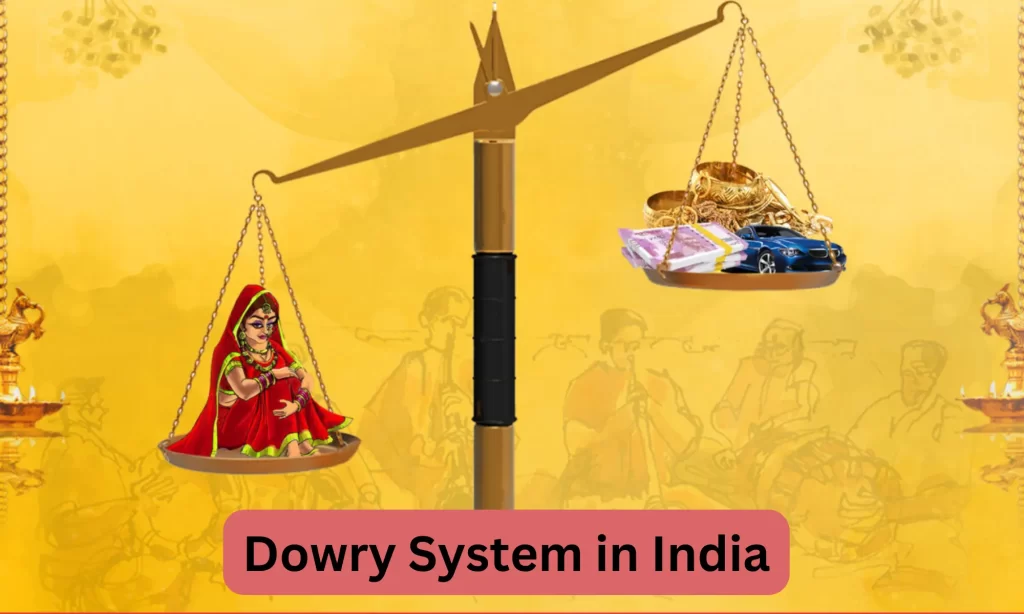Special Economic Zone SEZ in India
A special economic zone (SEZ) is an area in a country that is designed to generate positive economic growth. An SEZ is normally subject to different and more favorable economic regulations compared to other regions in the same country, including tax incentives and the opportunity to pay lower tariffs. SEZ economic regulations tend to be conducive to—and attract—foreign direct investment (FDI). FDI refers to any investment made by a firm or individual in one country into business interests located in another country. Special Economic Zone – SEZ in India were introduced to provide an internationally competitive and hassle-free climate for export promotion in India. SEZ in India is established through the Special Economic Zone (SEZ) Act, 2005. The SEZ Act provides for drastic simplification of procedures and for single window clearance on matters relating to Central as well as State Governments. SEZ Act in India Generation of additional economic activity Promotion of exports of goods and services Promotion of investment from domestic and foreign sources Creation of employment opportunities Development of infrastructure facilities Features of SEZs As opposed to the international counterparts, the SEZs in India are developed by the government, private, and the joint sector. Hence, it provides equal opportunities to both local as well as international players. The government has allocated at least 1,000 hectares for the greenfield special economic zones in the country. However, there is no restriction as to the favourable areas in constructing the specific SEZs. 100% of the FDI is allowed for all SEZ endowments apart from the activities listed under the unconstructive records. The SEZ units are required to encourage the net foreign exchange yield. They are not entitled to any least amount of additional guidelines or exports. Commodity boost from the DTA (Domestic Tariff Area) into the SEZ is known as exports, while the commodity boost from the SEZ into the DTA is called imports. Advantages of Setting up a Business in an SEZ Exemption from Central Sales Tax Exemption from Service Tax Single window clearance for Central and State level approvals Exemption from State sales tax and other levies as extended by the respective State Governments Duty-free import / domestic procurement of goods for development, operation and maintenance of units in SEZ Exemption from minimum alternate tax under section 115JB of the Income Tax Act 100% Income Tax exemption on export income for SEZ units under Section 10AA of the Income Tax Act for first five years, 50% for next five years thereafter and 50% of the reinvested export profit for next five years External commercial borrowing by SEZ units up to USD500 million in a year without any maturity restriction through recognized banking channels Types of Special Economic Zones Type Description Free Trade Zones (FTZ) Tax-free area that provides essential facilities for activities like shipping, trading, import, and export. Businesses under such areas enjoy exempted, reduced, or less controlled rules and regulations on labor, etc. Export Processing Zones (EPZ) These areas promote the growth of the sickening export business in India. They were established to help and revive the growth of Indian export commodities, particularly from the fast-growing sectors. Free Zones (FZ) / Free Economic Zones (FEZ) They are a unit of SEZs designated by the trade and commerce organizations of the countries. The free or free economic zones are in which the companies are taxed bare minimum to encourage economic activities. Industrial Parks/ Estates (IE) It is an area planned for the purpose of industrial development within the country. The industrial parks consist of offices and light industries instead of heavy ones. Free Ports It is a port or other similar area with relaxed jurisdiction of customs and/ or national regulations. A free port is a special customs area or territory with less strict customs regulations. Bonded Logistics Parks (BLP) Trade arrangements are similar to that of a bonded warehouse over a particular geographic area. Goods can be stored, manufactured, or manipulated without any duties or customs. Urban Enterprise Zones Policies to encourage economic growth and development They generally provide add-ons like tax concessions, reduced regulations, and infrastructure incentives to lure the investors and private companies to such zones Who can set up SEZs in India? Any private, public, joining sector, or state government or its agencies are permissible to set up an SEZ for hassle-free trade activities A foreign agency is also allowed to establish SEZs in India For that, prior approval is required from the respective state governments. As well, it must be ensured that the SEZs satisfy in terms of water, electricity, etc. Locations of SEZs in India The following are the functional Special Economic Zones in India: Santacruz (Maharashtra) Cochin (Kerala) Chennai (Tamil Nadu) Kandla & Surat (Gujarat) Noida (Uttar Pradesh) Visakhapatnam (Andhra Pradesh) Indore (Madhya Pradesh) Falta (West Bengal) Objectives of the SEZ Act in India Generation of additional economic activity Promotion of exports of goods and services Promotion of investment from foreign and domestic sources Development of infrastructure facilities Creation of employment opportunities FAQs What is a special economic zone? What are special economic zones in China? Where are special economic zones located? Special Economic Zone (SEZ) offers economic regulations in a specific geographic area to promote economic activities for foreign direct investments. Among the important Special Economic Zones in China are Shenzhen, Zhuhai, and Xiamen, which were founded at the end of the 1970s. Special Economic Zones (SEZs) are located worldwide, spanning various countries and regions. They are typically situated in strategic areas with favorable infrastructure, transportation, and business environments. What do special economic zones do? Why are special economic zones important to the economy? Special Economic Zones (SEZs) are places within a country that gives certain benefits to the people who want to invest in these zones, so they become attractive places for investment. These places are designed to provide an effective environment for companies. They aim to boost (economic) growth by providing tax exemptions, etc. Special economic zones are considered the backbone of any economy as they enable a country to enhance its global
Special Economic Zone SEZ in India Read More »









